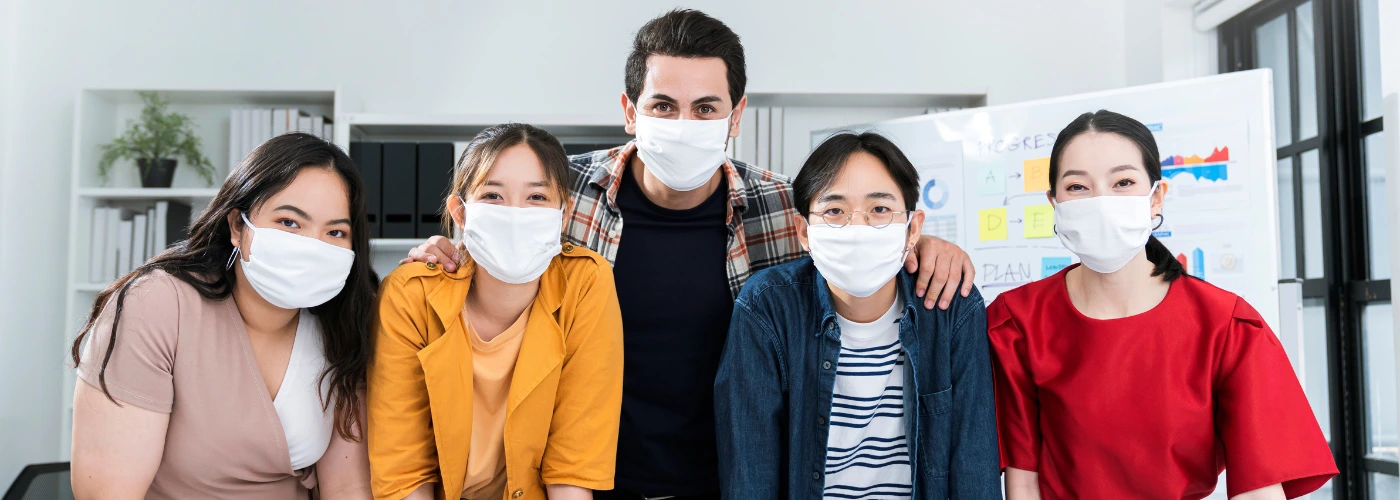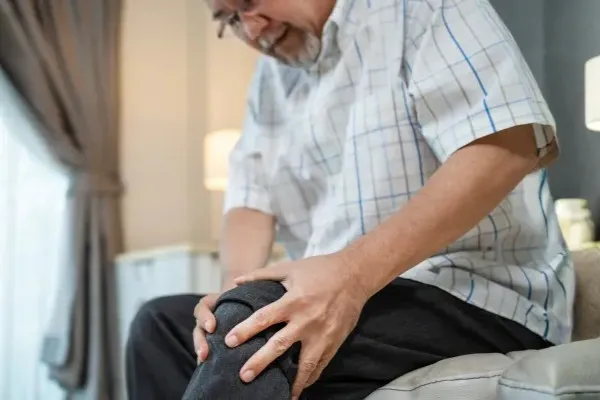Topics
Understanding the Basics of Bacterial and Viral Infections
In today’s healthcare landscape, infectious diseases remain a growing concern. For example, respiratory infections like pneumonia (bacterial) and COVID-19 (viral) have increased awareness about how bacteria and viruses operate differently.
In this article, we will break down the key differences between bacterial and viral infections, explore their symptoms, treatment, and essential tips to help you safeguard your health.
Overview of Bacterial Infections
Route of Transmission of Bacterial Infections
- Person-to-Person Contact
- Direct Contact: Bacteria can spread through physical contact with an infected person, such as touching, kissing, or through sexual contact. This type of transmission is common in infections like strep throat and tuberculosis.
- Indirect Contact: Bacteria on surfaces like doorknobs, countertops, or shared items can infect someone who touches these surfaces and then touches their mouth, nose, or eyes. Examples include infections caused by Staphylococcus aureus on shared gym equipment.
- Droplet Transmission
- Some bacteria, like those causing pneumonia or whooping cough, can spread through respiratory droplets released when an infected person coughs, sneezes, or talks. These droplets can be inhaled by someone nearby, leading to infection.
- Foodborne and Waterborne Transmission
- Bacteria can contaminate food and water, leading to illnesses like salmonella, E. coli infections, and cholera. Improperly cooked foods, unwashed produce, and contaminated water sources are common causes of foodborne and waterborne bacterial infections.
Treatment for Bacterial Infections
Bacterial infections are typically treated with antibiotics, which target the bacteria and prevent their growth. However, the overuse of antibiotics has led to increasing antibiotic resistance, making some infections harder to treat.
Overview of Viral Infections
Viral infections differ from bacterial infections in many ways. Viruses are much smaller than bacteria and require living host cells to reproduce.
Route of Transmission of Viral Infections
- Person-to-Person Contact
- Direct Contact: Viruses can spread through close physical contact, such as touching, kissing, or sexual contact. For instance, viruses like herpes simplex (cold sores, genital herpes) and HIV spread through direct contact with infected bodily fluids.
- Indirect Contact: Viruses can survive on surfaces for some time, and touching contaminated surfaces (like doorknobs, phones, or toys) followed by touching the face (especially the mouth, nose, or eyes) can transmit viruses like the common cold and flu.
- Droplet Transmission
- Many respiratory viruses, including influenza, COVID-19, and respiratory syncytial virus (RSV), spread through droplets released when an infected person coughs, sneezes, or talks. These droplets can travel a short distance and infect someone nearby if they come into contact with mucous membranes.
- Airborne Transmission
- Certain viruses, like measles and varicella-zoster (chickenpox), can remain in the air as tiny particles after being released in respiratory droplets. These particles can travel further distances and stay in the air longer, infecting others even after the infected person has left the area.
- Foodborne and Waterborne Transmission
- Some viruses can spread through contaminated food and water. Norovirus, for example, is highly contagious and can spread via contaminated food, water, or surfaces. Hepatitis A can also spread through food or water contaminated by faecal matter from an infected person.
- Mother-to-Child Transmission
- Viruses can be passed from a mother to her child during pregnancy, childbirth, or breastfeeding. Examples include HIV, hepatitis B, and rubella. Some viruses can cross the placenta and infect the foetus, while others may infect the child during delivery or breastfeeding.
Treatment for Viral Infections
Antibiotics are ineffective against viral infections. Instead, treatment focuses on:
- Supportive care: Hydration, rest, and over-the-counter medications are often recommended to manage symptoms.
- Vaccination: Preventive vaccines for diseases like influenza and COVID-19 reduce the risk of infection.
- Antiviral medications: Antivirals are medicines used to fight viral infections. Antivirals are only used for certain viral infections.
Key Differences Between Bacterial and Viral Infections
Symptoms of viral and bacterial infections are similar such as fever, flu, coughing, diarrhoea, vomiting, body ache, sore throat, and lethargy.
Do take note that the infections can only be differentiated by conducting blood or urine tests to confirm the diagnosis. Sometimes, culture tests are conducted to identify the type of bacteria or virus that causes the infection.
FAQs About Bacterial and Viral Infections
1) Why is hydration important when fighting an infection?
Hydration helps the body function optimally, flushes toxins, regulates body temperature, and aids in recovery.
2) What are the symptoms of a respiratory infection?
Respiratory infections often cause symptoms like coughing, sneezing, sore throat, congestion, and sometimes fever or fatigue.
3) Can infections cause chronic illness?
Some infections remain in the body for a long time without being completely cleared by the immune system. Viruses like HIV and hepatitis B or C are prime examples; they persist in the body and cause ongoing damage. Chronic hepatitis B or C infections, for instance, can lead to liver inflammation, scarring (cirrhosis), and even liver cancer.
4) Can stress affect my susceptibility to infections?
Yes, chronic stress can weaken the immune system, making the body more vulnerable to infections.
Book an Appointment at Gleneagles Hospitals
Understanding whether you are dealing with a bacterial or viral infection is crucial for receiving the correct treatment and improving your recovery time. Proper diagnosis helps prevent complications, such as antibiotic misuse, which can lead to antibiotic resistance.
If you are unsure about the nature of your infection, it is important to get expert advice. Book an appointment with our specialists at Gleneagles Hospitals for an accurate diagnosis and personalised treatment plan. To schedule your visit, contact the health screening centre at your nearest Gleneagles Hospitals and start your journey to recovery today.








